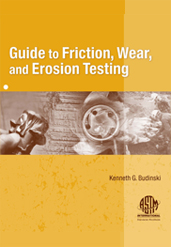Technical Paper
Thermal Analysis of Prismatic Core Sandwich Structural Panel for Hypersonic Application
2024-06-01
2024-26-0422
Hypersonic flight vehicles have potential applications in strategic defence, space missions, and future civilian high-speed transportation systems. ...Scramjet-powered air-breathing hypersonic vehicles experience extreme heat loads induced by combustion, shock waves and viscous heat dissipation.





